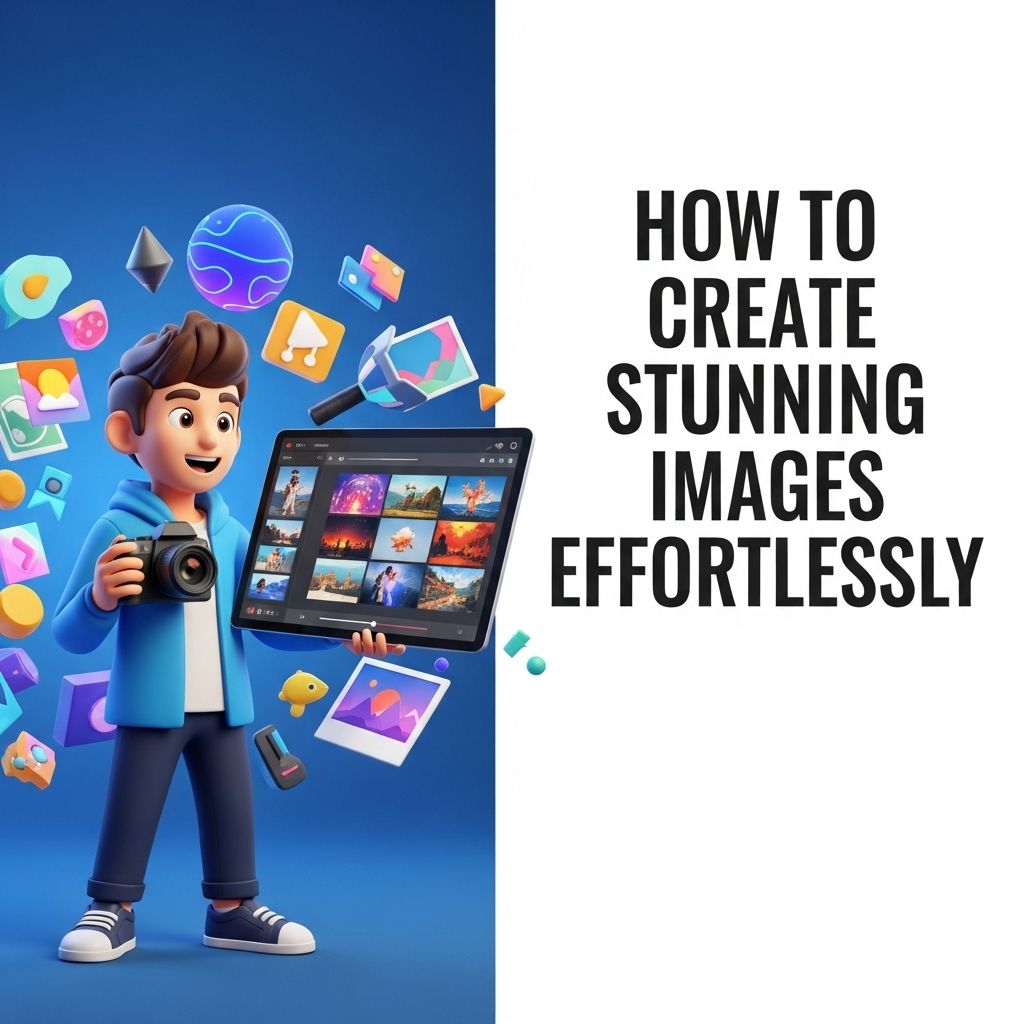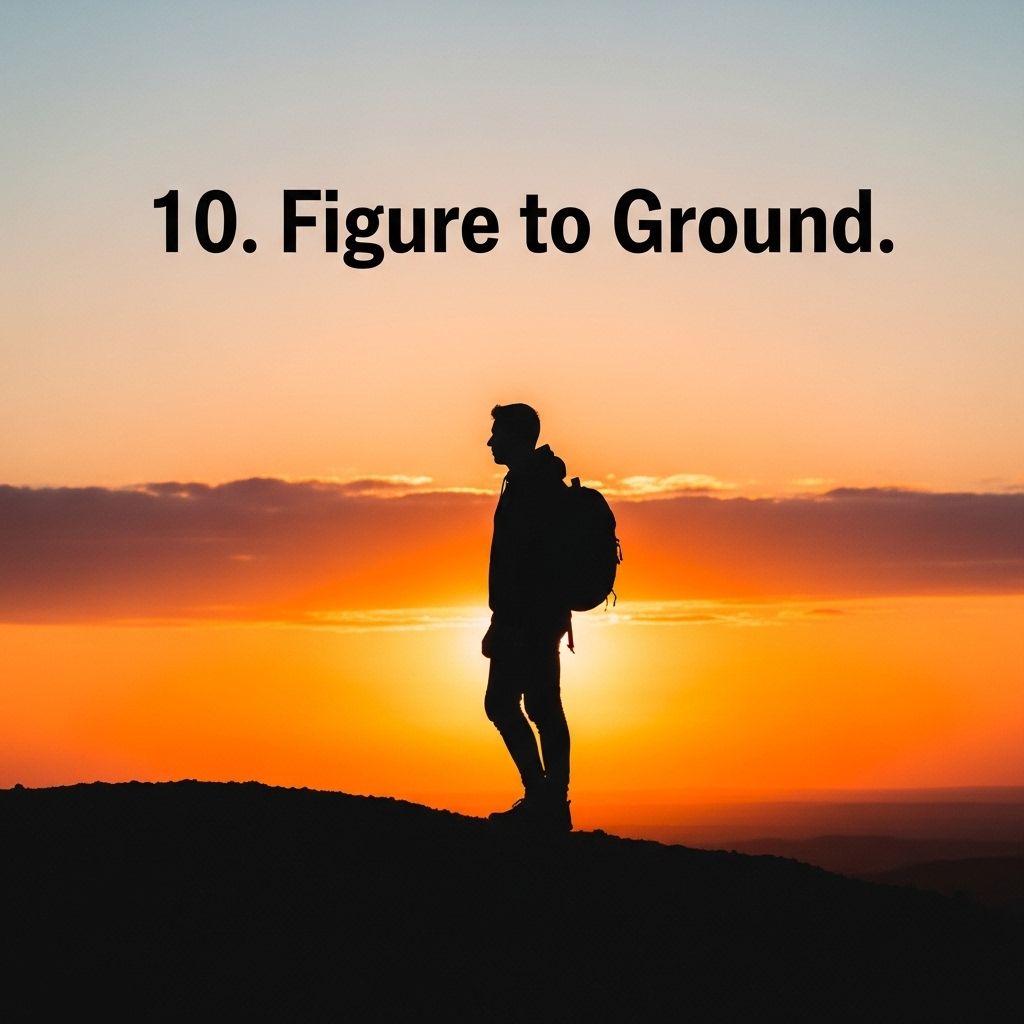In the digital age, captivating visuals are essential for standing out, whether you’re a content creator, marketer, or simply looking to enhance your personal projects. The good news is that creating stunning images does not always require extensive knowledge of graphic design or expensive software. With the right tools and techniques, anyone can produce eye-catching images effortlessly. This article will guide you through various methods and resources to help you elevate your imagery.
Understanding the Basics of Image Composition
Before diving into the tools and techniques, it’s important to grasp the fundamentals of image composition. Great images often adhere to certain principles that make them visually appealing. Here are some key concepts:
- Rule of Thirds: Visualize your image divided into nine equal segments by two vertical and two horizontal lines. Placing your subject along these lines or at their intersections creates a more balanced composition.
- Leading Lines: Use natural lines within your image to draw the viewer’s attention toward the focal point.
- Framing: Use elements in your scene to create a frame around your subject, adding depth and context.
- Balance: Distribute visual weight evenly throughout the image to create harmony.
Choosing the Right Tools
With a plethora of image editing tools available today, selecting the right one can be daunting. Here are some popular options:
1. Online Graphic Design Tools
These platforms are user-friendly and often come with templates that make it easy to design stunning images:
- Canva: A versatile design tool offering numerous templates for social media posts, presentations, and more.
- Adobe Spark: Ideal for creating quick graphics, web pages, and videos, with a user-friendly interface.
- Piktochart: Excellent for infographics and presentations.
2. Advanced Editing Software
If you’re looking to dive deeper into image manipulation, consider these professional-grade tools:
- Adobe Photoshop: The industry standard for image editing, offering an extensive range of features.
- Affinity Photo: A cost-effective alternative to Photoshop with professional capabilities.
- GIMP: A powerful open-source image editing software.
Techniques for Stunning Images
Now that you have your tools, it’s time to explore some techniques that can help you create stunning visuals.
Utilizing Stock Images
If you don’t have access to high-quality images, consider using stock images. Here’s how to find and use them effectively:
- Choose a reliable stock photo website, such as Unsplash or Pexels.
- Search for high-resolution images relevant to your project.
- Ensure to check the licensing for proper usage rights.
Experimenting with Filters and Effects
Filters can dramatically change the mood and feel of your images. Here are some popular effects to consider:
| Effect | Description | Best Use Cases |
|---|---|---|
| Black and White | Adds a classic, timeless quality to photos. | Portraits, landscapes, and street photography. |
| Blur | Focuses on the subject while creating depth. | Portraits and product photography. |
| Vignette | Darkens the edges of the image to draw attention to the center. | Close-ups and detailed shots. |
Creating Unique Visual Content
To truly stand out, consider creating unique content using the following strategies:
1. Combining Images
Layering multiple images can produce striking results. Use transparency and blending modes in your editing software to achieve this effect.
2. Infographics and Data Visualization
Transform complex data into engaging visuals. Tools like Canva and Piktochart can help you design infographics that are easy to understand and visually appealing.
3. Typography Integration
Incorporating text into images can enhance your message. Make sure the typography complements the overall design:
- Choose fonts that reflect the tone of your content.
- Ensure readability by contrasting text color with the background.
Final Touches and Exporting
After creating your stunning images, it’s crucial to apply final adjustments before exporting:
Color Correction
Adjust brightness, contrast, and saturation to ensure your image looks its best on different devices.
Exporting Formats
Choose the right file format depending on your usage:
- JPEG: Great for photographs and images with gradients.
- PNG: Ideal for images requiring transparency.
- SVG: Best for vector graphics, maintaining quality regardless of size.
Conclusion
Creating stunning images does not have to be a daunting task. By understanding composition, utilizing the right tools, and applying effective techniques, anyone can produce high-quality visuals. Remember to keep experimenting and refining your process, as creativity knows no bounds. With practice and exploration, you’ll find your unique style and produce stunning images that captivate your audience effortlessly.
FAQ
What are some tips for creating stunning images effortlessly?
Use high-quality tools and software, experiment with filters, and focus on composition to enhance your images easily.
Can I create stunning images using just my smartphone?
Absolutely! Modern smartphones have powerful cameras and editing apps that can help you create stunning images.
What are the best free tools for image editing?
Popular free tools include Canva, GIMP, and Adobe Spark, which offer a range of features to enhance your images.
How important is lighting in creating stunning images?
Lighting is crucial; natural light can enhance colors and details, making your images more striking.
Do I need advanced skills to create stunning images?
No, with the right tools and a bit of practice, anyone can create beautiful images without advanced skills.
What are some creative techniques for image composition?
Explore techniques like the rule of thirds, leading lines, and framing to improve your image composition.




